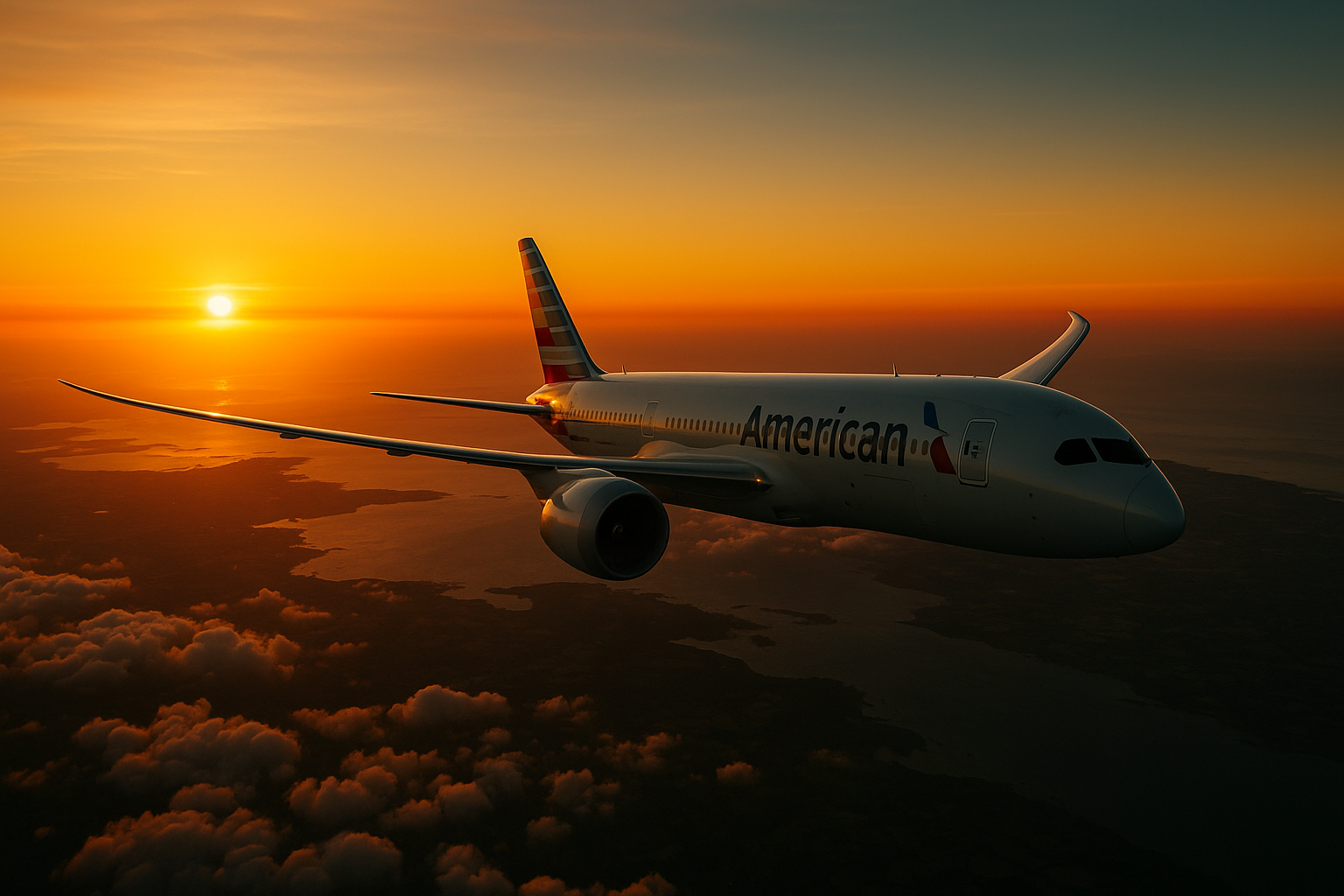
American Airlines Group Inc. (NASDAQ: AAL) stands today as one of the world’s largest and most recognized airlines, commanding a vast network that spans continents. The company’s history is not only a chronicle of aviation’s evolution in the United States but also a reflection of the industry’s broader challenges and triumphs. From humble beginnings as a mail carrier to its position as a global airline leader, the story of American Airlines is one of resilience, innovation, and relentless growth.
Early Foundations: The Air Mail Era
American Airlines traces its roots to the earliest days of commercial aviation in the United States. In the 1920s, the U.S. government initiated contracts for the transportation of mail by air, seeking to connect cities faster than railroads could manage. A network of small, independent carriers formed the backbone of this burgeoning industry. Among them were Robertson Aircraft Corporation and Colonial Air Transport, which would become foundational components of American Airlines’ lineage.
In 1930, aviation pioneer C.R. Smith orchestrated the consolidation of these smaller carriers into a unified system, branding it as American Airways. The airline’s first major role was carrying mail, but soon, with the rise of passenger air travel, American Airways began carrying travelers along with cargo, setting the stage for exponential growth.
Becoming American Airlines: Innovation and Expansion
In 1934, the company officially changed its name to American Airlines, Inc., and C.R. Smith took the helm as president. Smith’s vision drove the company to seek new opportunities, and American Airlines soon became a trailblazer in passenger service. The introduction of the Douglas DC-3 aircraft in 1936 revolutionized air travel, offering greater comfort and reliability to passengers. American Airlines was the first airline to fly the DC-3 in commercial service, making coast-to-coast travel more accessible and setting industry standards for decades.
The postwar era saw a massive expansion in both domestic and international routes. American Airlines was among the first to introduce transcontinental jet service, launching the Boeing 707 in the late 1950s. The airline’s hub-and-spoke system, established in the 1980s, further cemented its dominance in key cities, notably Dallas/Fort Worth and Chicago O’Hare.
Mergers, Challenges, and Modernization
The latter half of the 20th century and early 21st century brought significant industry consolidation. Deregulation in 1978 transformed the business, allowing airlines to set fares and routes without government approval, leading to fierce competition and periodic financial stress. American Airlines responded by innovating with frequent flyer programs and yield management systems, pioneering strategies that are industry standards today.
The 2001 terrorist attacks marked a profound period of crisis for American Airlines and the entire aviation sector. Like its peers, the company faced severe financial losses, rising security costs, and shifting travel patterns. To survive, American Airlines streamlined operations, renegotiated labor contracts, and modernized its fleet.
In 2013, one of the most transformative moments in the company’s history arrived with the merger of AMR Corporation (American Airlines’ then-parent company) and US Airways Group, Inc. This combination created American Airlines Group Inc., making it the world’s largest airline by several key metrics, including revenue passenger miles and fleet size. The integration brought new hubs, expanded international reach, and substantial operational synergies. Another major competitor in the market is Delta Air Lines (NYSE: DAL).
A Global Leader in Aviation
Today, American Airlines Group Inc. operates thousands of daily flights to over 350 destinations in more than 50 countries. The airline’s loyalty program, AAdvantage, is among the most robust in the world, and the company remains at the forefront of digital innovation, sustainability efforts, and customer service enhancements.
The COVID-19 pandemic tested the resilience of American Airlines, as it did the entire global airline industry. The company undertook aggressive cost-cutting, fleet retirements, and capital-raising measures to weather the storm. As demand for travel rebounded, American Airlines emerged leaner and more focused on its long-term growth strategy, investing in new aircraft, technology, and expanded global partnerships.
Looking Ahead: Challenges and Opportunities
American Airlines continues to face the enduring challenges of fuel price volatility, regulatory pressures, and evolving customer expectations. At the same time, the airline is leveraging opportunities in premium travel, expanded international alliances, and sustainability initiatives—including a commitment to reducing its carbon footprint through next-generation aircraft and sustainable aviation fuels.
The company’s journey from a mail carrier pieced together from regional operators to a global powerhouse encapsulates the story of modern aviation. With its extensive route network, industry-leading loyalty program, and ongoing investment in technology and service, American Airlines Group Inc. remains a central figure in the skies and a bellwether for the health of the global airline industry.
Disclaimer:
This article is for informational purposes only and does not constitute financial or investment advice. Readers should conduct their own research or consult with a professional advisor before making investment decisions related to American Airlines Group Inc. (NASDAQ: AAL) or any other company mentioned.






